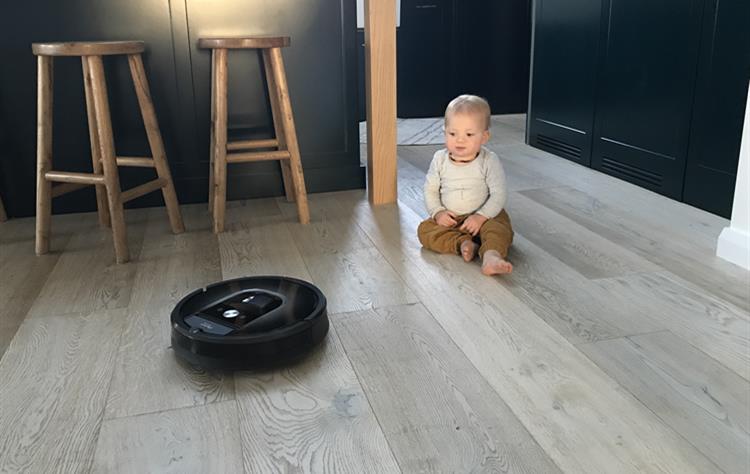Special thanks to Austin Bohlig for his work on this note.
iRobot (IRBT) continued to show their leadership in the home robotic space, reporting Sep-17 results essentially inline with analyst expectations and more importantly raised Dec-17 revenue guidance by 5%. Despite elevated worries about increased competition heading into the quarter, iRobot continues to exceed expectations and experience 20% plus revenue growth over the past 3 quarters. Sep-17 results shows the perceived threat from competition is overblown, and indicates iRobot is defending their leading home robotics position. Although we just launched coverage on iRobot last week (note here), we have become incrementally more upbeat on the company’s future and leadership role within home robotics space following these stellar results.

Sep-17 Qtr Highlights. Total revenues grew 22% y/y in the Sep-17 quarter, and they raised full year guidance from $840 –860 to $870 – 880, which implies 32% y/y growth at the midpoint. iRobot sold 905k home robot units in the quarter, of which 86% were Roomba vacuums and 14% were Braava wet floor products. Both categories experienced strong y/y growth in many regions across the globe, but continued success in the U.S. and EMEA continues to drive upside. Robust demand in both these regions will continue into 2018, and iRobot is increasing full year 2017 growth expectations in U.S. and EMEA, to 40% and 45% respectively.
An Early Thought On 2018 Guidance. It’s worth noting when the company reports Dec-17 results in the month of Feb-18 we would expect slightly conservative guidance for 2018 given managements history of setting a beatable bar.
The Big Picture, Plenty of Room To Grow. The most penetrated robotics vacuum market in the world is the U.S., but less than 10% of U.S households own a robotic vacuum. With plenty of room to run both domestically and internationally, the future is bright for iRobot. The driving catalyst to increase robot adoption is increasing consumer awareness, and as consumers become more comfortable with robotic vacuums, this will cause increase demand for other domestic robot categories (mops and lawnmowers). Over the next 10 years we anticipate the entire domestic robot category to see double-digit unit growth annually, and by 2025 believe 26.5M domestic robots will be sold, which will equate to a $5.7B market opportunity. See our domestic macro model here. While iRobot is well positioned in the vacuum and wet floor markets, the company’s industry leading robotics expertise will unlock many opportunities in other domestic markets.

No Hint At Lawnmower…Yet. We mentioned last week that iRobot will hint to their entrance into the lawn mower category on the Sep-17 or Dec-17 earnings. They did not mention the lawn mower on this call, and more broadly would not comment on new products. While iRobot did not provide any color on when they will release a lawnmower, we continue to believe it is likely they will introduce a robot lawnmower in 2018. Most importantly this a “when”not an “if”, they will introduce a robotic lawnmower. We’re modeling for the lawn mower will launch in Mar-18 (and account for 5% of revenue in the Jun-18 quarter) and account for 8% of 2020 revenue. The Street is not modeling the lawn mower.
Model Revisions. We raised our near term estimates to reflect the company’s updated guidance, and now expect the company to sell 3.2M vacuums and 503k wet floor products in 2017. Looking longer term, we continue to believe both the Roomba vacuum and Braava wet floor product line can experience 20%+ unit and revenue growth through 2020, and believe it is very likely the company will introduce a lawnmower over the next 12 months. The robotic lawnmower could add $60M in incremental revenue over the first 12 months, but grow to a $200M business by 2022. See model here.
Disclaimer: We actively write about the themes in which we invest: artificial intelligence, robotics, virtual reality, and augmented reality. From time to time, we will write about companies that are in our portfolio. Content on this site including opinions on specific themes in technology, market estimates, and estimates and commentary regarding publicly traded or private companies is not intended for use in making investment decisions. We hold no obligation to update any of our projections. We express no warranties about any estimates or opinions we make.